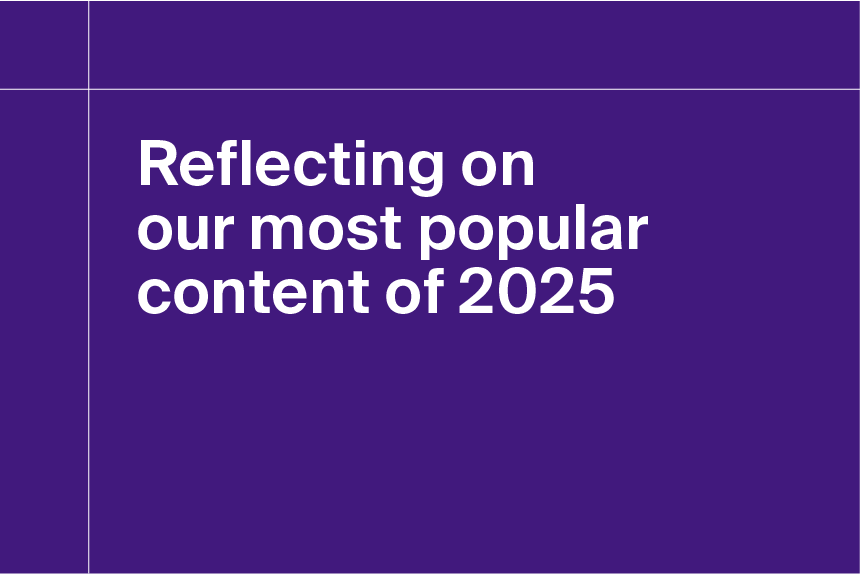There’s a new love story brewing in the healthcare industry. Kaiser Permanente, a California-based health system, plans to acquire Pennsylvania’s Geisinger Health, in a deal that marks one of the biggest hospital mergers in recent memory. The move is part of a growing trend of cross-market hospital mergers as health systems and payors compete to control costs and care delivery.
One recent study found that more than half of the 1,500 hospitals targeted for mergers or acquisitions between 2010 and 2019 were in different geographic markets than the acquirer. Nonprofit health systems are using this approach to gain scale, taking advantage of their exemption from federal antitrust laws.
For Kaiser, the move is also part of a larger plan to run several community health systems under value-based care models through a new company called Risant Health. If regulators approve the deal, Geisinger will become the first member of Risant Health, with several more systems joining over the next five years.
Keep reading to learn more about Kaiser’s plan to acquire Geisinger and the broader trend of cross-market hospital mergers.
Meet healthcare’s latest power couple
Kaiser Permanente and Geisinger Health are two nonprofit health systems that operate on different sides of the country but share a similar approach to managing patient health. Both systems own hospitals and insurance companies, adopting an integrated model they say allows them to deliver better care at lower costs.
Kaiser Permanente, based in southern California, operates across eight states and the District of Columbia using a closed network system. Their 39 hospitals exclusively serve members of the Kaiser Foundation Health Plan. Kaiser’s focus on fixed payment arrangements has made it a major player in the Medicare Advantage (MA) market. Its MA plans consistently earn high CMS star ratings.
Pennsylvania-based Geisinger Health has 10 hospitals and more than 1,700 physicians. Its health plan covers about 600,000 members. Unlike Kaiser, Geisinger accepts patients with other insurance plans. The map below shows where each organization has medical facilities.
Kaiser Permanente and Geisinger Health service areas
Fig. 1 Data is from the Definitive Healthcare HospitalView product. Note: A service area is a geographic area where there are medical facilities. Data accessed April 2023.
Despite the success of Kaiser’s integrated model on the West Coast, efforts to expand the model more broadly have failed. Risant Health could provide a new opportunity for Kaiser to become a more influential player in the Mid-Atlantic region as it works to build a national network of health systems in value-based contracts.
A stronger national presence could also help Kaiser better compete for large employer accounts. For Geisinger, becoming part of a powerful out-of-state system offers a formidable defense against UPMC’s eastward push into Pennsylvania.
Kaiser’s move is in line with a broader market trend
The last several years of hospital consolidation have led to a flurry of cross-market mergers – or deals that combine health systems in different geographic areas, with little or no market overlap.
In 2022, Intermountain Healthcare in Utah and SCL Health in Colorado merged to form a 33-hospital system across six states. Advocate Aurora Health and Atrium Health also joined forces last year, creating a 67-hospital footprint spanning the Southeast and Midwest.
Other deals in progress this year include those between UnityPoint Health and Presbyterian Healthcare, as well as Sanford Health and Fairview Health Services. Kaiser Permanente and Geisinger Health are the latest to join this trend.
Why are health systems combining across markets?
Many health systems are working to build scale through consolidations to achieve financial, operational, or strategic value, like greater leverage over payors or population health capabilities. When health systems get too big to expand within their own markets, cross-market mergers can provide a pathway for growth.
From a regulatory perspective, combining across markets is more favorable because it draws less scrutiny from the Federal Trade Commission (FTC) on anti-competitive grounds. While the FTC can review all hospital mergers, it can’t enforce antitrust laws against the anti-competitive practices of nonprofit groups.
Gaining scale is especially crucial as national payors invest in care delivery networks of their own, pulling together physicians, clinics, and other healthcare operations with health insurance units. The biggest example is UnitedHealth Group’s Optum, which is building out a national network of more than 70,000 physicians, surpassing the largest health systems when it comes to physician employment or affiliation. If health systems have an answer to UnitedHealth Group/Optum, it could look like Risant Health.
Health systems also seek partners due to financial headwinds. Both Kaiser and Geisinger reported operating losses in 2022 — Kaiser’s was $4.5 billion and Geisinger’s was $842 million. A cross-market merger could spread the combined system’s operating risks across different markets.
Regardless of the motivations, one thing is certain: the healthcare industry will be watching this love story closely. And as health systems continue to compete with highly capitalized payors, more cross-market unions could follow.
To stay on top of these market trends and more, arm yourself with healthcare commercial intelligence and get a comprehensive view of the healthcare landscape. Or start a free trial with Definitive Healthcare today.




